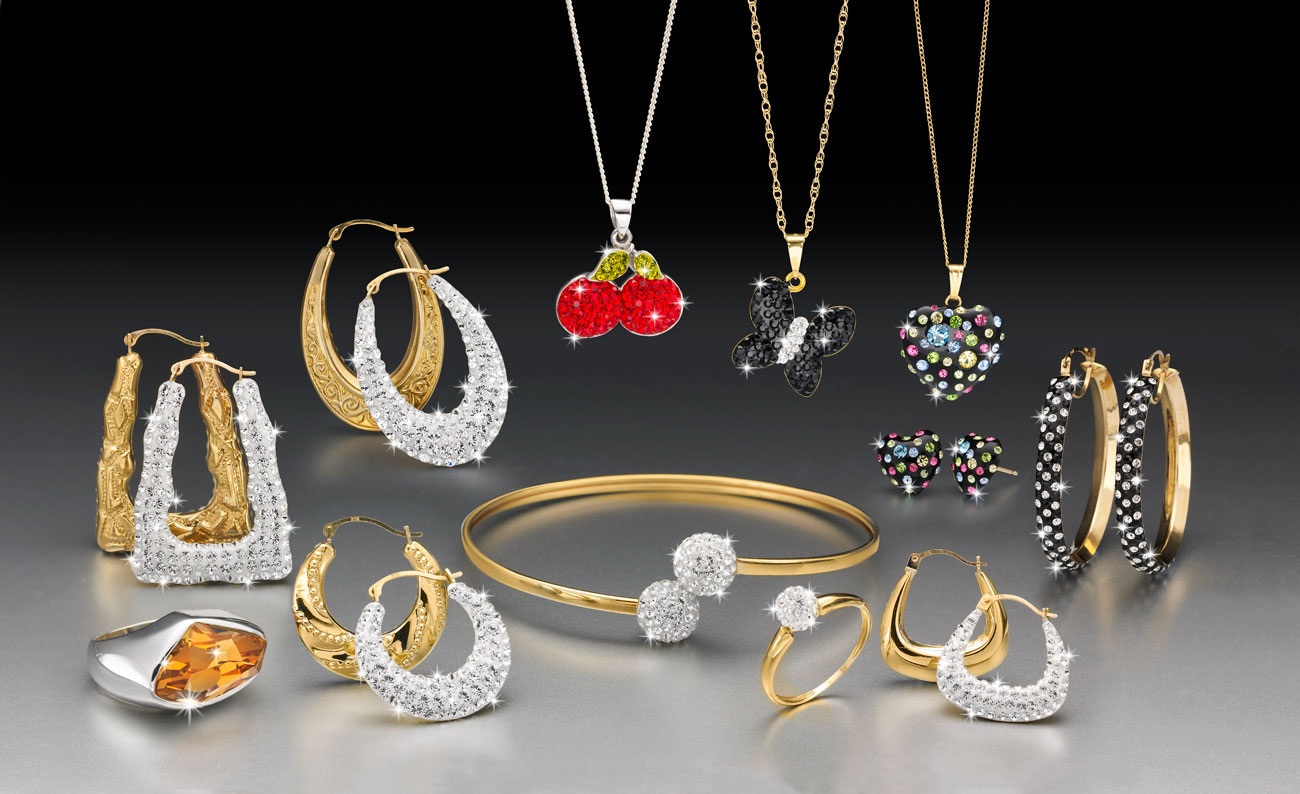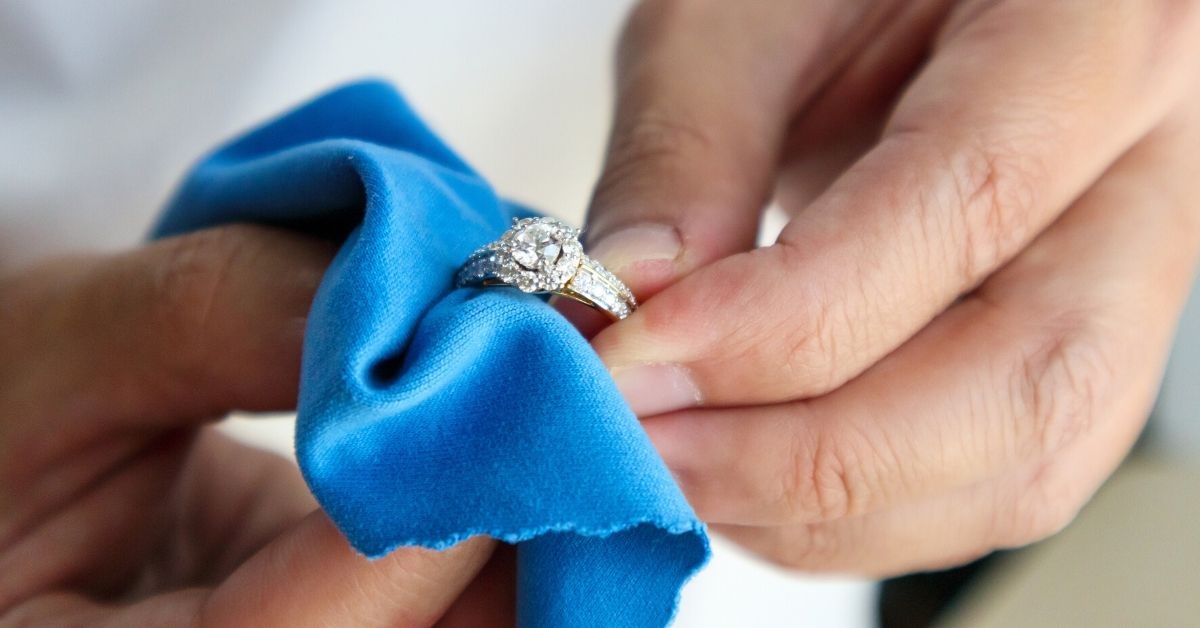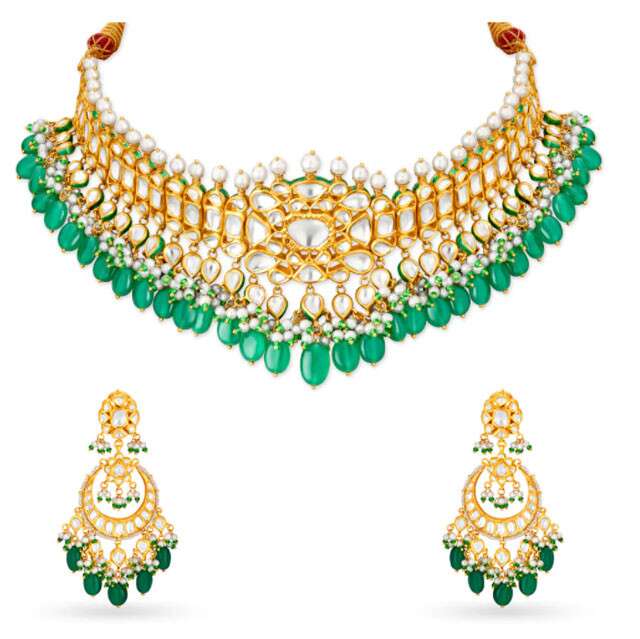Jewelleries are almost as ancient as man himself. The oldest jewellery is said to be about 75,000 years old and was found at Blombos Cave in Africa. They were beads made from perforated snail shells.
Other civilisations and cultures such as that of Egypt proved to have used jewelleries also but archaeologists date them to be much later than the finds in Africa. What was interesting was that later finds were more intricate in design and used more sophisticated materials such as precious metals and gemstones. There are a lot more reasons for wearing and use of jewelleries than just as body ornaments, among them are:
· Display or indication of wealth, oftentimes used as currency (even used as wedding dowries) and “storage” of wealth since its value is compressed in small-size pieces.
· As utilitarian ornaments such as belt buckles, clasps, pins, etc.
· Esoteric symbols of status or membership to religious and/or other groupings or organisations
· As protection against spirits or mysterious powers in the form of amulets and magical wards
· Aesthetic/artistic display
Many of the practices of older civilisations remain in practice today such as using jewelleries as religious symbols like the crucifix of the Christians. Greek-lettered organizations have various designs for their insignias represented by jewelleries for aesthetic and utilitarian reasons. Married couples in the West maintained the practice of wearing wedding rings as a mark of marriage and exclusivity. This became popular around the early part of the 20th Century, launched by jewellers as a strategy to “create” a demand for special rings by a large and ever-growing market since marriages are an inevitable episode in every person’s adult life.




